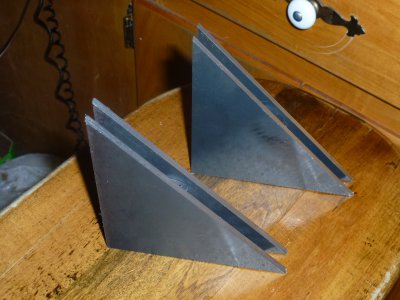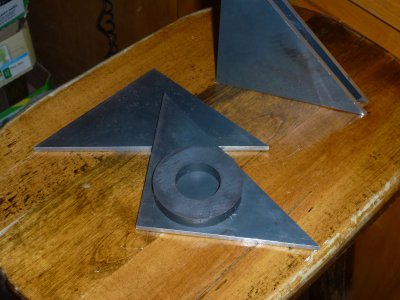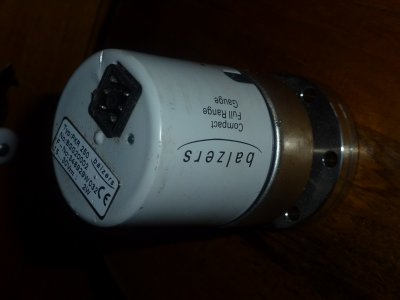- Joined
- Feb 7, 2013
- Messages
- 2,486
Today I hoisted the rotary table onto the mill table and made a set of four right isosceles triangles for some set up operations or
to be used with magnets for weld positioning. I happened to have a pair of these donut magnets so will likely sandwich them
between each pair of triangles and probably bolt them together along with a bit of gorilla glue or similar. The triangles were
roughed out on the band saw table freehand and fine tuned with the rotary table.
I used 3/16 hot roll as I had a chunk of it laying around to make these.

The round donut magnets have plenty of holding power so I am happy with that. The mill scale was not coming off very well
with my angle grinder so may have to get some more aggressive wheels for that purpose.
to be used with magnets for weld positioning. I happened to have a pair of these donut magnets so will likely sandwich them
between each pair of triangles and probably bolt them together along with a bit of gorilla glue or similar. The triangles were
roughed out on the band saw table freehand and fine tuned with the rotary table.

I used 3/16 hot roll as I had a chunk of it laying around to make these.

The round donut magnets have plenty of holding power so I am happy with that. The mill scale was not coming off very well
with my angle grinder so may have to get some more aggressive wheels for that purpose.



 ...................................
...................................